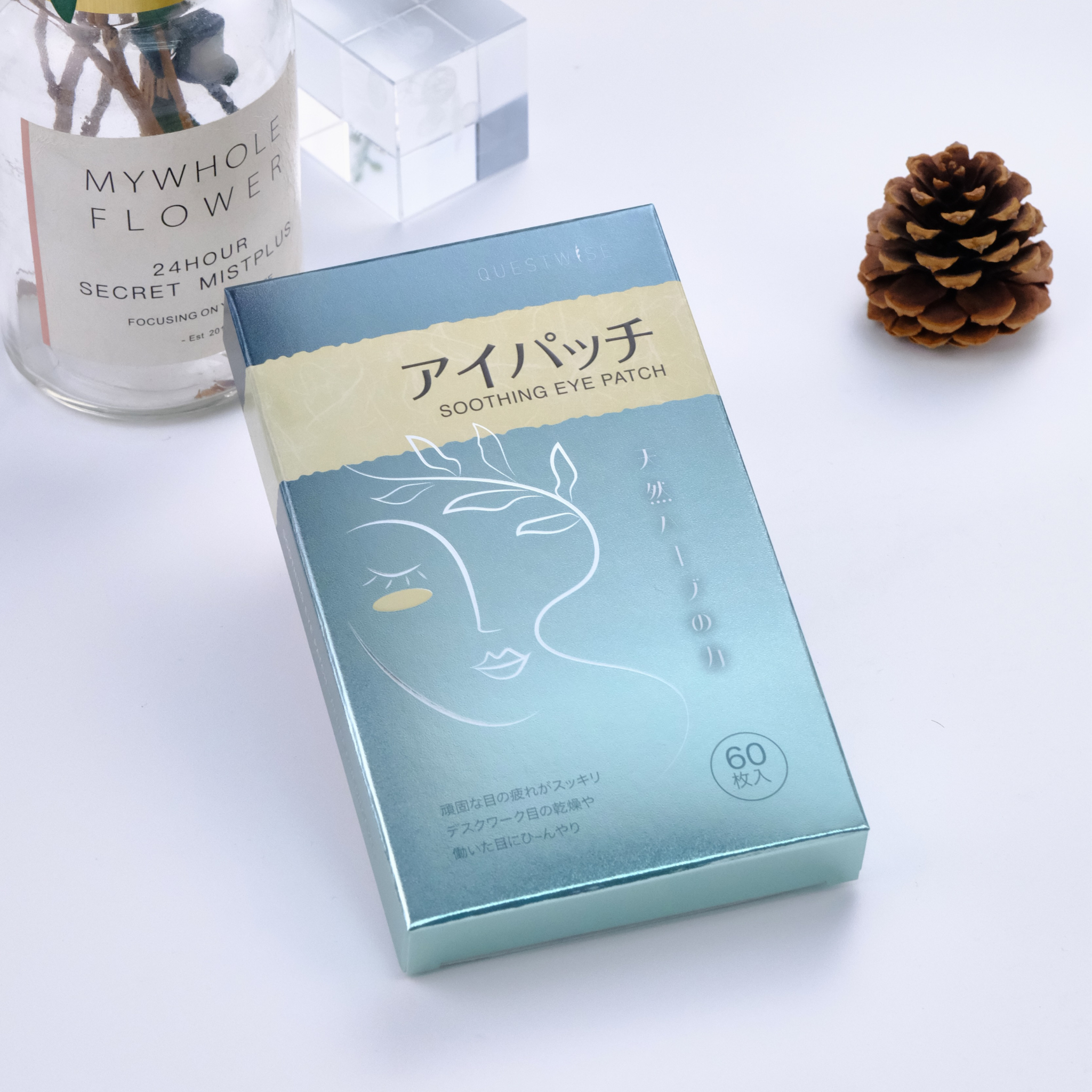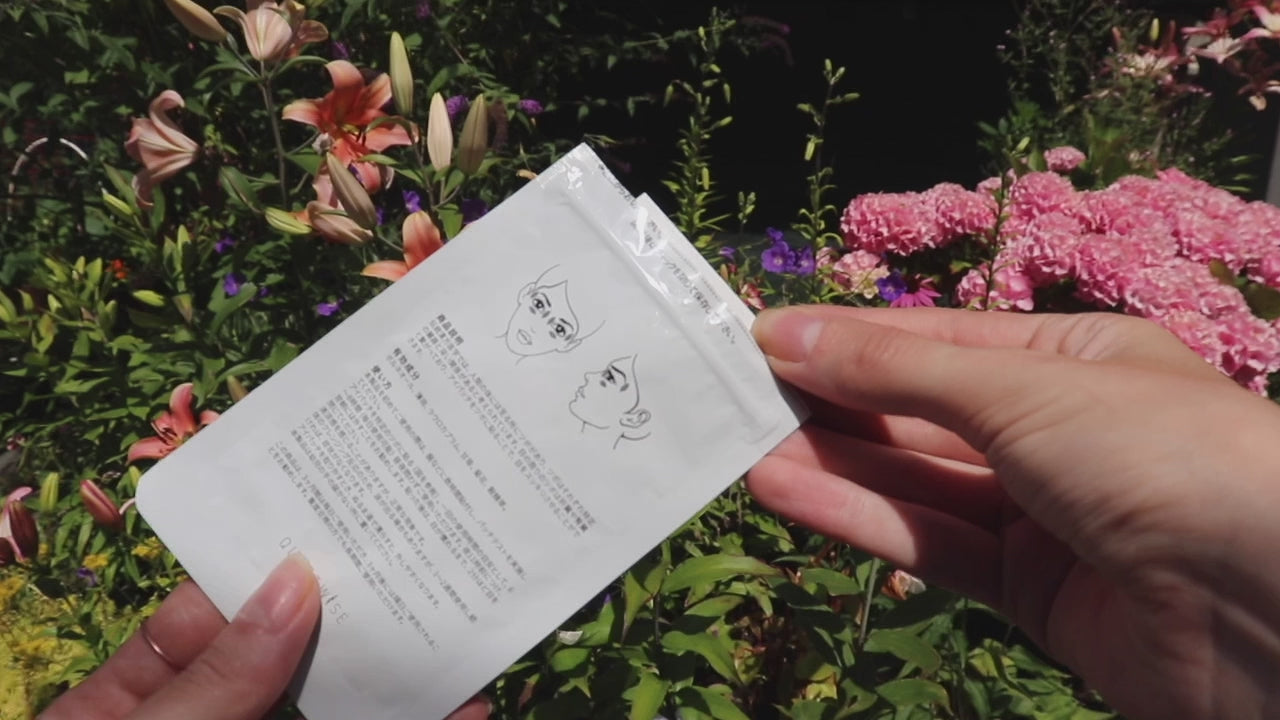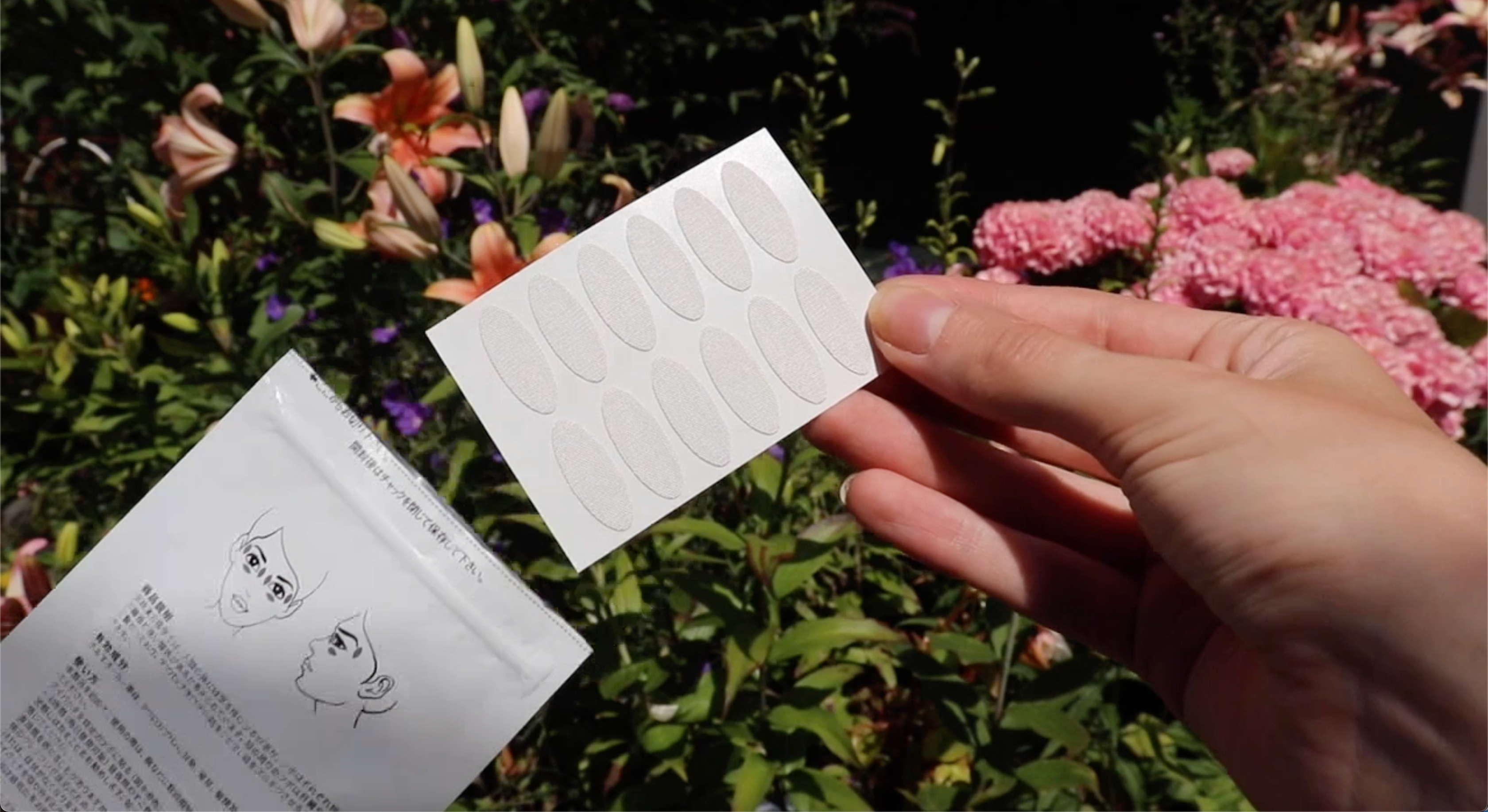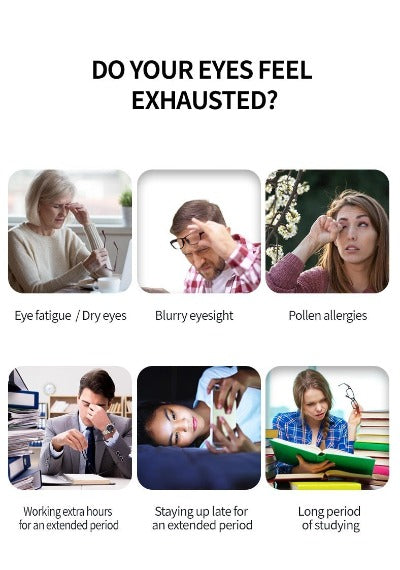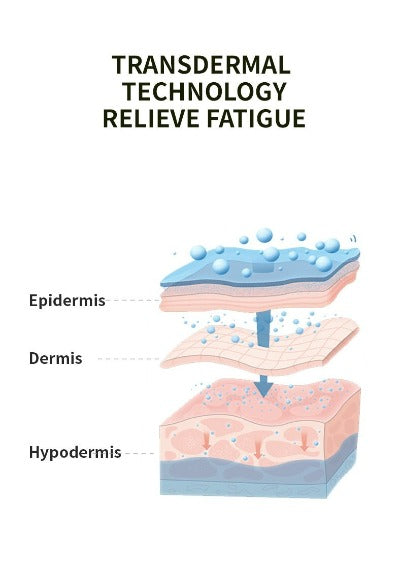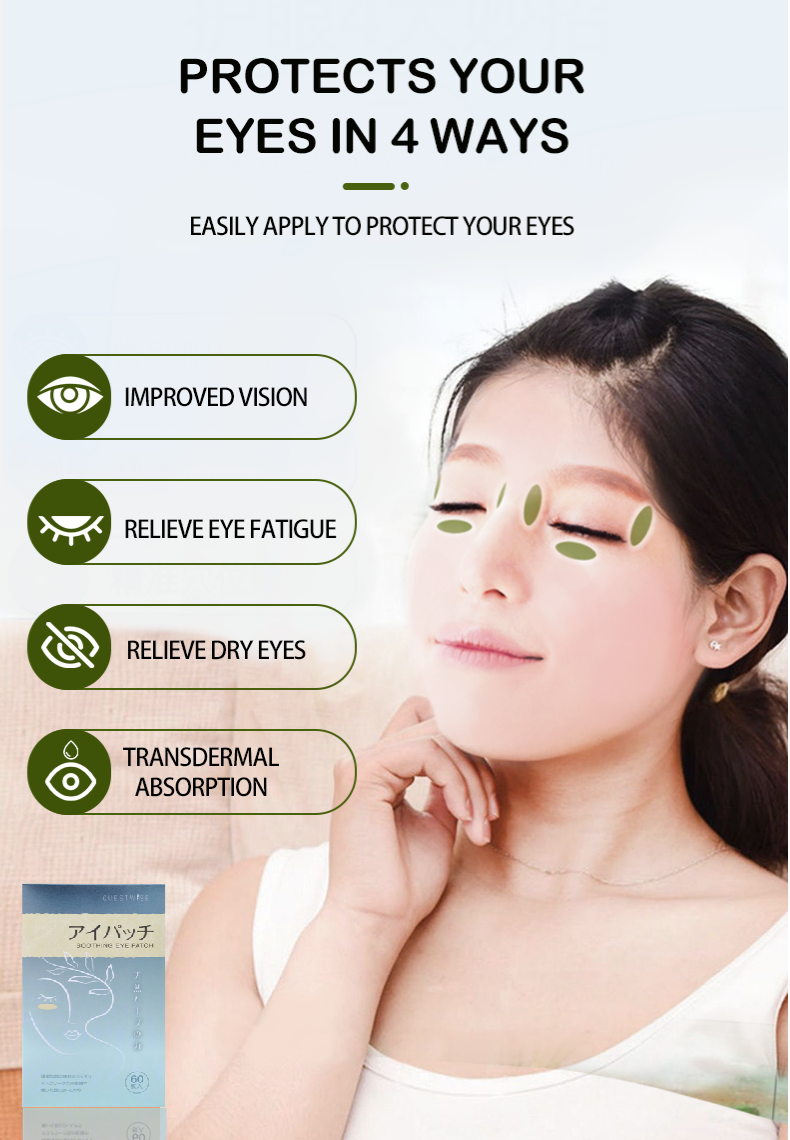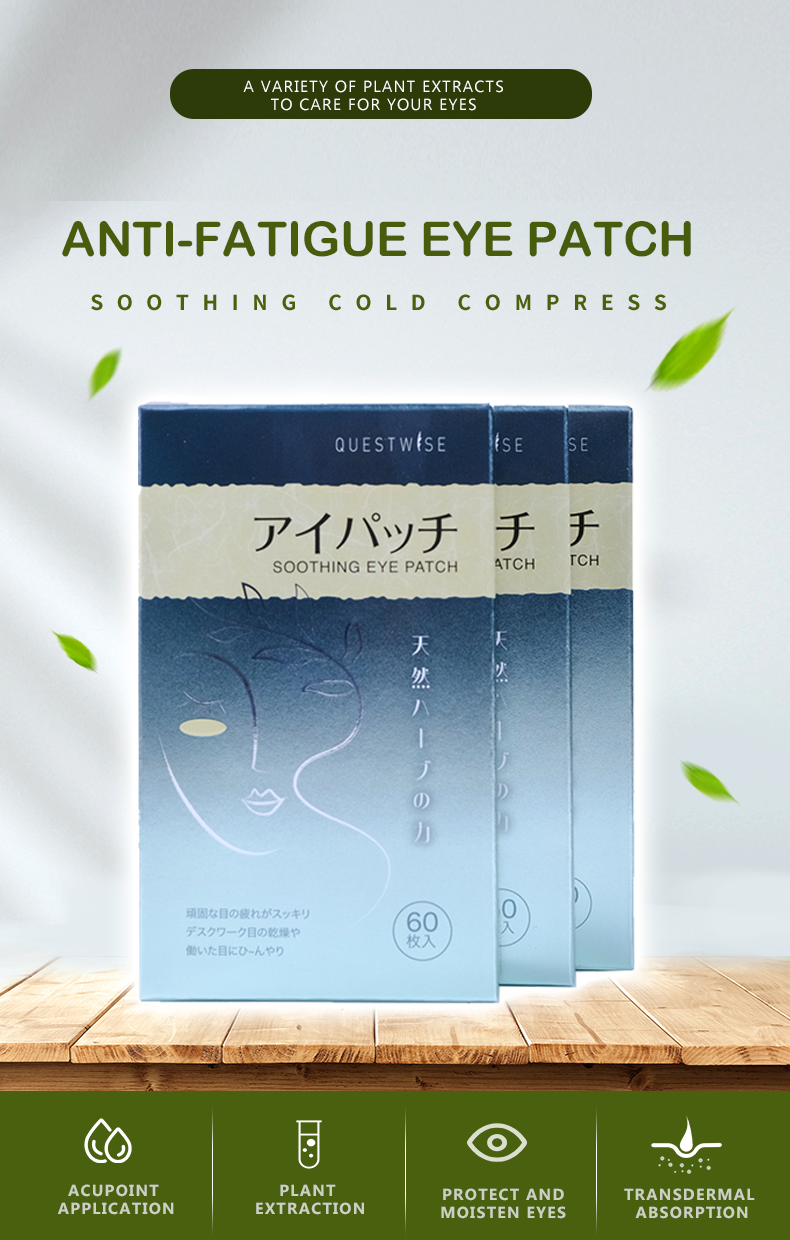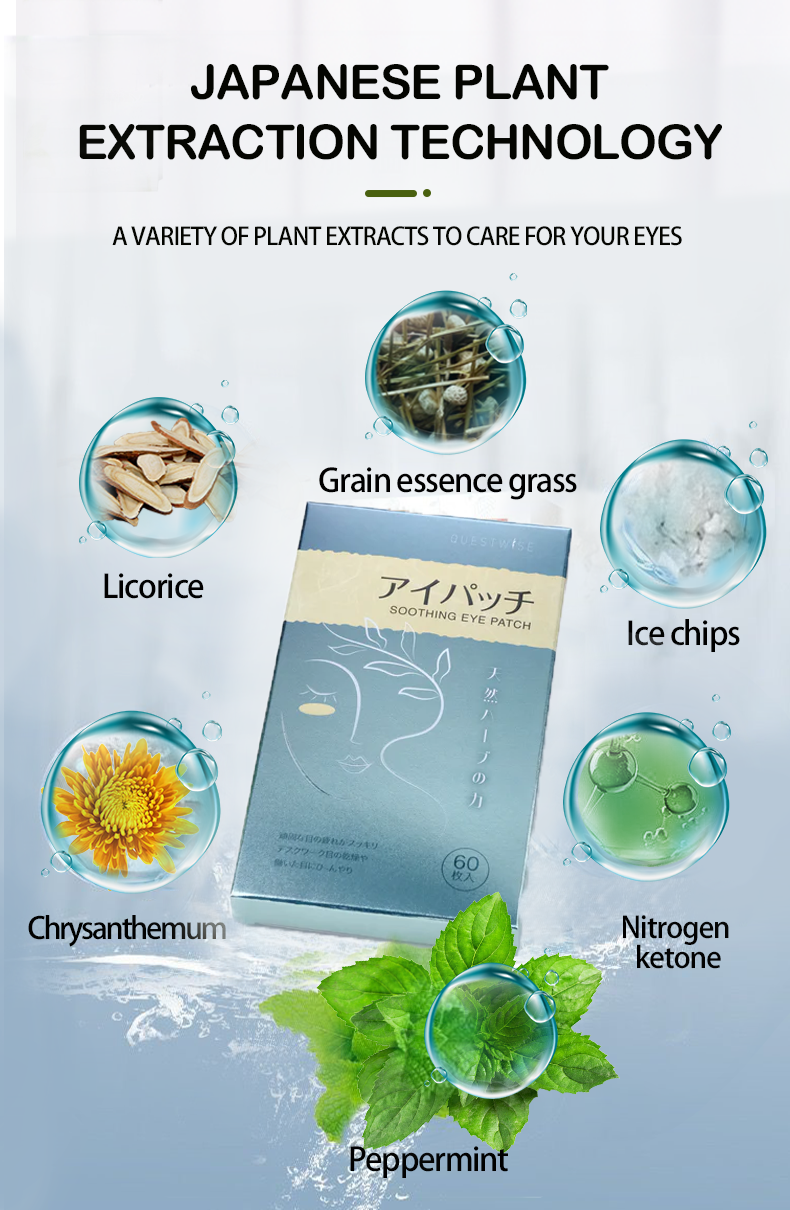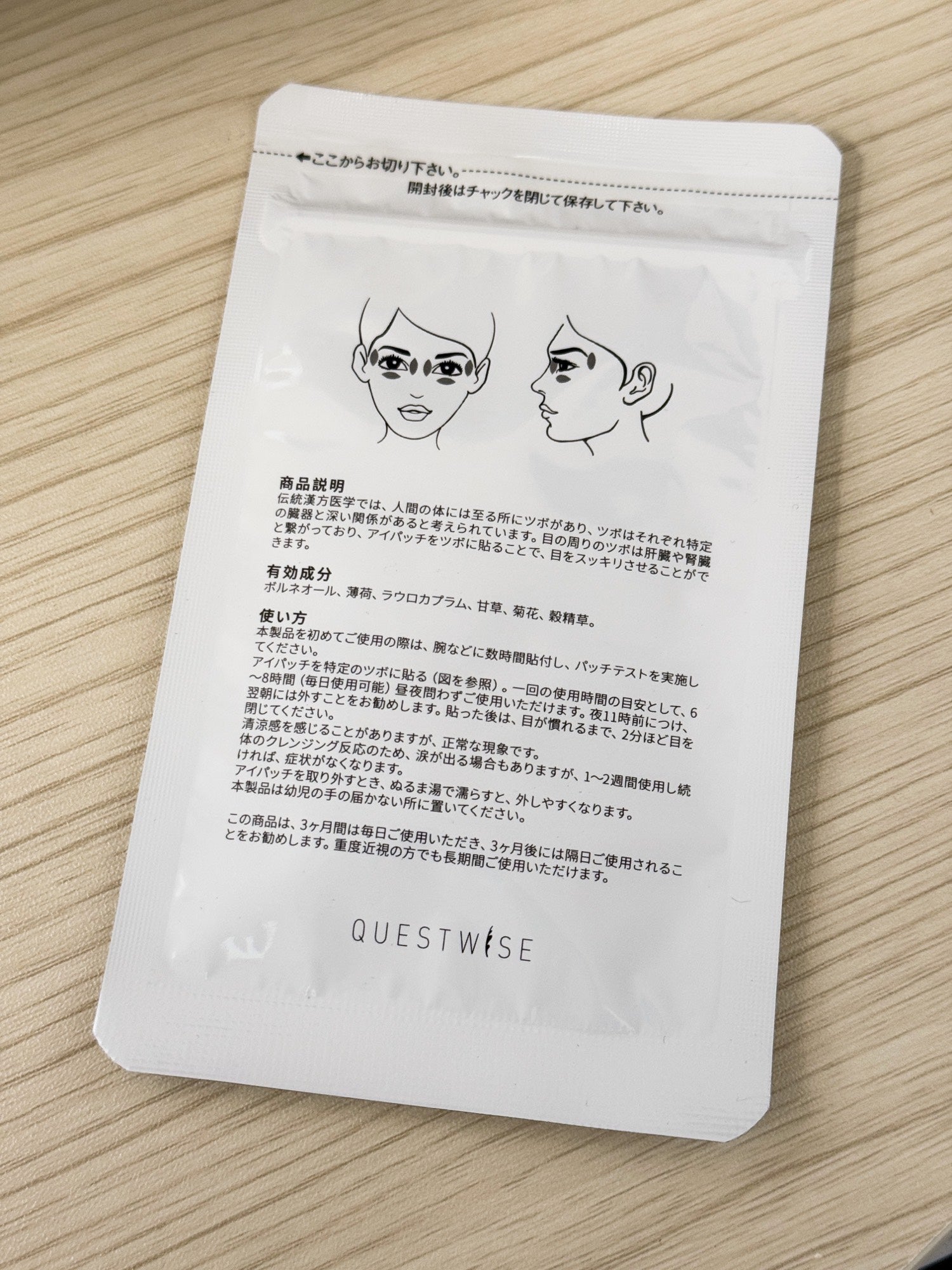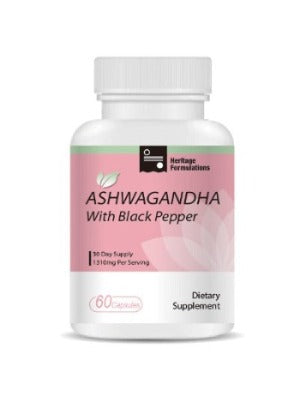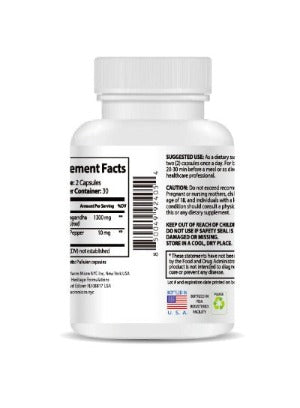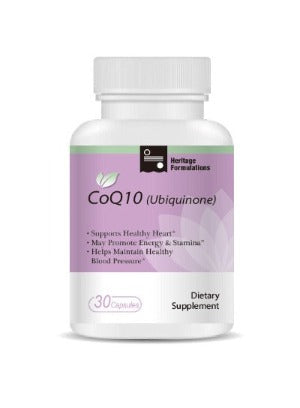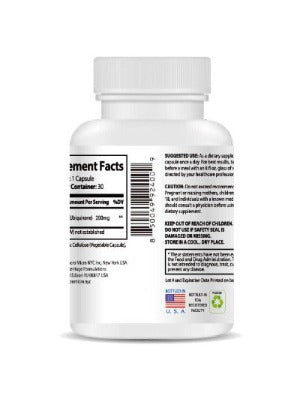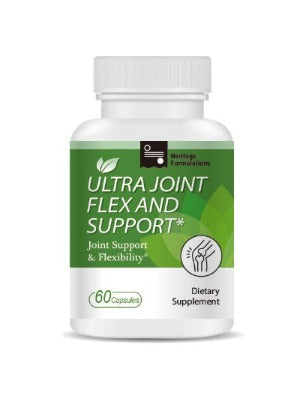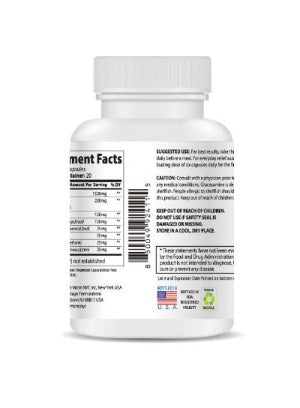Dry eye syndrome, once thought to primarily affect older adults, is increasingly becoming a concern for younger people. If you’re a young adult rubbing your eyes after hours of screen time or noticing a gritty, irritated sensation, you’re not alone. This blog post explores why dry eye is on the rise among young adults, what’s causing it, and how you can find relief with practical, expert-backed solutions. Let’s dive into the science and strategies to keep your eyes comfortable and healthy.
What Is Dry Eye Syndrome?
Dry eye syndrome occurs when your eyes don’t produce enough tears or when the tears evaporate too quickly, leaving your eyes feeling dry, itchy, or irritated. Tears are essential for maintaining eye health—they lubricate the surface of the eye, protect against infections, and ensure clear vision. Without adequate tear production or quality, you may experience symptoms like:
-
A stinging or burning sensation
-
Redness or irritation
-
Blurry vision
-
Sensitivity to light
-
A feeling of something stuck in your eye
While dry eye was historically associated with aging, recent studies show a surprising increase in cases among young adults, particularly those in their 20s and 30s. So, what’s driving this trend?
Why Are Young Adults Getting Dry Eye?
1. Prolonged Screen Time
The digital age has transformed how we work, study, and socialize, but it’s also taking a toll on our eyes. Young adults spend significant time on smartphones, laptops, and tablets, often for work, gaming, or streaming. This extended screen exposure leads to a phenomenon called computer vision syndrome, which includes dry eye as a primary symptom.
When you stare at screens, you blink less frequently—sometimes as little as one-third of the normal rate. Blinking is crucial for spreading tears across the eye’s surface, so reduced blinking can cause tears to evaporate faster, leading to dryness. A 2023 study published in The Journal of Ophthalmology found that individuals spending more than 4 hours daily on screens were 2.5 times more likely to report dry eye symptoms.
2. Environmental Factors
Urban living and modern lifestyles expose young adults to environmental triggers that exacerbate dry eye. Air-conditioned offices, polluted city air, and dry indoor environments can strip moisture from the eyes. For example, air conditioning reduces humidity, causing tears to evaporate more quickly. Additionally, exposure to blue light from screens and artificial lighting may disrupt the tear film’s stability, further aggravating symptoms.
Young adults living in metropolitan areas may also encounter higher levels of air pollution, which can irritate the eyes and contribute to tear film dysfunction. If you’re frequently in dry or smoky environments, your eyes may be working overtime to stay lubricated.
3. Lifestyle Choices
Certain lifestyle habits common among young adults can contribute to dry eye. For instance:
-
Poor Diet: Diets low in omega-3 fatty acids, found in foods like fish, walnuts, and flaxseed, can reduce tear quality. Many young adults rely on processed foods, which often lack these essential nutrients.
-
Dehydration: Not drinking enough water can reduce tear production. With busy schedules, young adults may forget to stay hydrated, especially during long work or study sessions.
-
Contact Lenses: Wearing contact lenses for extended periods, especially without proper care, can dry out the eyes. A 2024 survey by the American Optometric Association noted that 65% of young contact lens wearers reported dry eye symptoms.
-
Sleep Deprivation: Lack of sleep, common among young adults juggling work and social lives, can impair tear production and exacerbate eye discomfort.
4. Health Conditions and Medications
Certain medical conditions and medications can contribute to dry eye. Autoimmune diseases like Sjögren’s syndrome, thyroid disorders, or diabetes, though less common in young adults, can affect tear production. Additionally, medications like antihistamines, antidepressants, or acne treatments (e.g., isotretinoin) can reduce tear secretion as a side effect. If you’re on medication and experiencing dry eye, consult your doctor about possible alternatives or management strategies.
5. Stress and Mental Health
The link between stress and physical health is well-documented, and your eyes are no exception. Chronic stress, anxiety, or depression can disrupt the body’s autonomic nervous system, which regulates tear production. A 2025 study in Clinical Ophthalmology found that young adults with high stress levels reported a 30% higher incidence of dry eye symptoms compared to their less-stressed peers. Stress may also lead to behaviors like excessive screen time or poor sleep, creating a vicious cycle.
Practical Solutions for Dry Eye Relief
The good news? Dry eye is manageable with the right strategies. Here are expert-recommended tips to help young adults alleviate symptoms and protect their eye health:
1. Follow the 20-20-20 Rule
To combat screen-related dry eye, follow the 20-20-20 rule: every 20 minutes, look at something 20 feet away for at least 20 seconds. This gives your eyes a chance to blink naturally and replenish the tear film. Set reminders on your phone or use apps designed to prompt breaks during screen time.
2. Optimize Your Environment
-
Use a Humidifier: Adding moisture to the air can prevent tears from evaporating too quickly. A small humidifier in your workspace or bedroom can make a big difference.
-
Wear Blue Light Glasses: While research on blue light’s direct impact on dry eye is mixed, blue light-blocking glasses may reduce eye strain and improve comfort during prolonged screen use.
-
Avoid Direct Airflow: Position your desk away from air vents or fans to minimize tear evaporation.
3. Stay Hydrated and Eat Eye-Healthy Foods
Drink at least 8-10 glasses of water daily to support tear production. Incorporate omega-3-rich foods like salmon, chia seeds, or walnuts into your diet to improve tear quality. Supplements like fish oil may also help, but consult a healthcare provider before starting them.
4. Practice Good Contact Lens Hygiene
If you wear contact lenses, follow these tips:
-
Use lenses designed for moisture retention, such as daily disposables or silicone hydrogel lenses.
-
Avoid wearing lenses for more than 8-10 hours at a time.
-
Clean and store lenses properly to prevent irritation.
5. Consider Artificial Tears
Over-the-counter artificial tears can provide immediate relief for mild dry eye. Look for preservative-free options to avoid irritation with frequent use. If symptoms persist, an eye doctor may recommend prescription drops or other treatments like punctal plugs to retain tears.
6. Schedule Regular Eye Exams
Regular checkups with an optometrist can catch early signs of dry eye and other vision issues. They can also assess whether your symptoms stem from an underlying condition or medication side effect.
When to See a Doctor
If lifestyle changes and over-the-counter remedies don’t alleviate your symptoms, consult an eye care professional. Persistent dry eye could indicate a more serious issue, such as meibomian gland dysfunction (blocked oil glands in the eyelids) or an underlying health condition. Early intervention can prevent complications and improve your quality of life.
Q&A: Common Questions About Dry Eye in Young Adults
Q1: Can staring at my phone really cause dry eye?
Yes, prolonged phone use reduces your blink rate, leading to faster tear evaporation. Following the 20-20-20 rule and using artificial tears can help.
Q2: Are there specific foods that help with dry eye?
Foods rich in omega-3 fatty acids (e.g., salmon, flaxseed) and staying hydrated can improve tear quality and production. Avoid excessive caffeine, which can dehydrate you.
Q3: Can stress make my dry eye worse?
Yes, stress can disrupt tear production through its impact on the nervous system. Managing stress with relaxation techniques or professional support may help.
Q4: Are blue light glasses worth it for dry eye?
Blue light glasses may reduce eye strain, which can indirectly help with dry eye symptoms. However, they’re not a cure, so combine them with other strategies like screen breaks.
Q5: How do I know if my dry eye is serious?
If symptoms persist despite lifestyle changes, or if you experience severe pain, vision changes, or excessive redness, see an eye doctor promptly.
Final Thoughts
Dry eye syndrome is becoming more common among young adults due to modern lifestyles, but it’s not something you have to live with. By understanding the causes—screen time, environmental factors, and lifestyle habits—you can take proactive steps to protect your eyes. Incorporate the tips above, stay consistent, and don’t hesitate to seek professional help if needed. Your eyes deserve the care to keep them comfortable and healthy for years to come!


